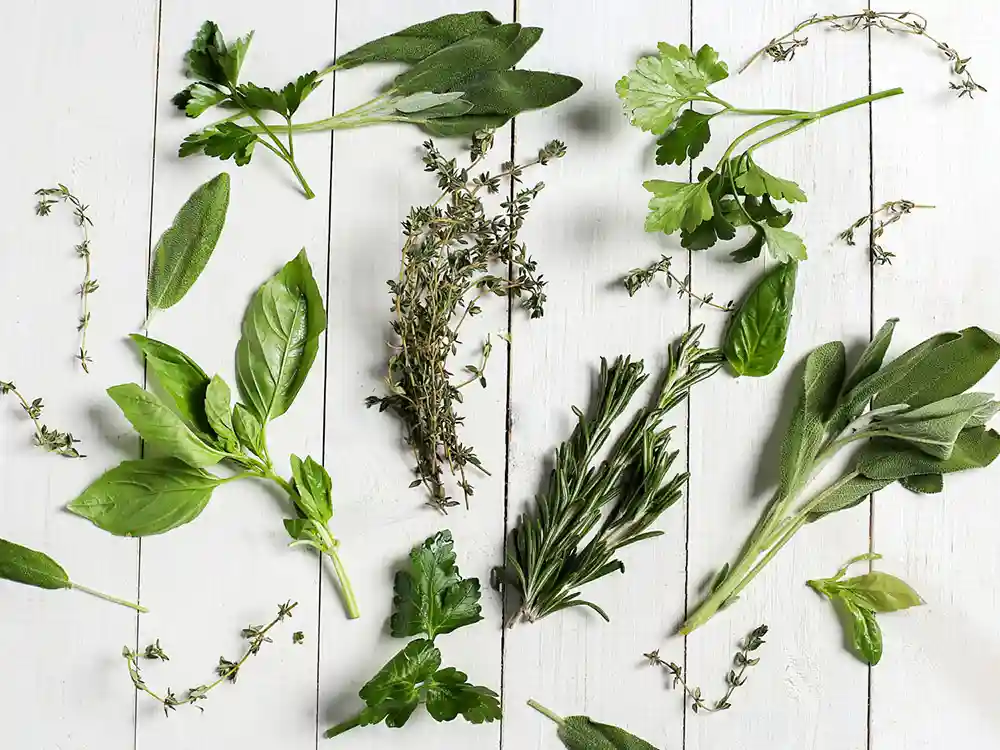Root rot can be a common problem for basil plants, but with the right treatment, you can save your plant and get it back to health. Root rot is caused by overwatering or poor drainage, which leads to the roots becoming waterlogged and suffocating. If left untreated, it can cause the plant to wilt, turn yellow, and eventually die. Here are some steps you can take to treat root rot in your basil plant:
1. Identify the Problem
The first step in treating root rot is to identify the problem. Look for signs of wilting, yellowing leaves, or a foul odor coming from the soil. Gently remove the plant from its pot and examine the roots. Healthy roots should be firm and white, while rotted roots will be mushy, discolored, and may have a slimy texture.
2. Remove Affected Roots
If you find rotted roots, it’s important to remove them to prevent further spread of the disease. Use clean, sharp scissors or pruning shears to carefully trim away any mushy or discolored roots. Be sure to sterilize your cutting tools with rubbing alcohol between each cut to avoid spreading any pathogens.
3. Repot in Fresh Soil
Once you have removed the affected roots, it’s time to repot your basil plant in fresh, well-draining soil. Choose a pot that has drainage holes to prevent water from pooling at the bottom. Fill the pot with a mixture of potting soil and perlite or sand to improve drainage. Gently place the plant in the new pot and cover the roots with the soil mixture, making sure not to bury the stem too deeply.
4. Adjust Watering Habits
To prevent future root rot, it’s important to adjust your watering habits. Basil plants prefer slightly moist soil, but they don’t like to sit in water. Allow the top inch of soil to dry out before watering again. When you do water, make sure to water deeply, so the water reaches the roots, but avoid overwatering. Also, ensure that your pot has proper drainage to allow excess water to escape.
5. Provide Adequate Drainage
If poor drainage was the cause of the root rot, it’s crucial to address this issue. Ensure that your pot has drainage holes at the bottom to allow excess water to escape. You can also add a layer of rocks or pebbles at the bottom of the pot to improve drainage. Avoid using saucers or trays under the pot that can collect water and keep the soil overly moist.
6. Monitor and Maintain
After treating root rot, it’s important to monitor your basil plant closely and maintain proper care. Keep an eye on the soil moisture levels and adjust your watering accordingly. Avoid over-fertilizing, as this can stress the plant and make it more susceptible to diseases. Regularly inspect the leaves and stems for any signs of new infections or other issues.
By following these steps and providing the right treatment, you can save your basil plant from root rot and help it thrive. Remember, prevention is key, so be mindful of your watering habits and ensure proper drainage to keep your basil plant healthy and happy.


